What next for oil markets after Iranian strike on Israel?
WHAT: Oil prices have fallen following Iran's strike against military facilities in Israel.
WHY: The risk of escalation was largely priced in last week in anticipation of the strike, and Israel reportedly avoided an immediate retaliation under US pressure.
WHAT NEXT: US sanctions policy on Iran and OPEC+'s decisions will help determine how oil prices fare moving forward.
Global oil prices dropped on April 15, as traders apparently shrugged off fears of a direct war between Israel and Iran following Tehran’s launch of over 300 drones and missiles against Israeli military targets over the weekend.
Brent futures had slipped back below $90 per barrel by 13:00 GMT, while West Texas Intermediate (WTI) futures for May shipment dropped back under $85. Oil prices had been increasing last week as the Iranian attack became imminent, with the Brent spot touching $92 per barrel on April 12, while the front-month futures closed at $90.5 per barrel. The Iranian attack was anticipated as retribution for a suspected Israeli strike on the Iranian embassy compound in Syria on April 1.
The Israeli government has vowed to “exact a price” from Iran in retalation for the assault, but what exactly that retaliation will be remains to be seen. World leaders have urged Israel not to strike back, with UN head Antionio Guterres warning on April 14 that the Middle East was “on the brink” and was “confronting a real danger of a devastating full-scale conflict.”
“Now is the time to defuse and de-escalate,” he said.
US President Joe Biden meanwhile warned Israel that Washington would not participate in a counteroffensive against Iran. His administration wants to avoid “a broader regional conflict,” one senior official said. According to The New York Times, Biden dissuaded Israeli Prime Minister Benjamin Netanyahu from approving an immediate return strike. UK Foreign Security David Cameron likewise said his country would not take part in retaliation, although it would defend Israel under continued attack.
Russia meanwhile called on both sides to exercise restraint. “We express our extreme concern over another dangerous escalation in the region,” its foreign ministry said. As Tehran’s main ally outside of the Middle East, Moscow did not comdemn the Iranian attack, even though it did condemn the bombing of the Iranian embassy in Damascas.
Furthermore, Russia said the West had prevented attempts in the United Nations Security Council to respond to the embassy strike.
“We have repeatedly warned that the numerous unresolved crises in the Middle East, primarily in the Palenstian-Israeli conflict zone, which are often fuelled by irresponsible provocative actions, will lead to an increase in tension.”
Muted market reaction
While the subdued oil price reaction to the strike suggests that, for the time being, the market is not anticipating a further escalation, which might hit Iranian oil exports and supplies from elsewhere in the region. Attacks by Houthi rebels in the Red Sea have already driven up oil prices, because while the region’s export levels remain strong, the diversion of tankers to other routes has increased transport costs.
Risks of escalation still remain as the situation unfolds, however. Norwegian consultancy Rystad Energy said on April 14 it had raised its Geopolitical Risk Index to 1.41, from 1.35 in the second week of April and 1.22 in the first week of the month.
“It is unlikely that the geopolitical risk premium will drop to levels prevailing before April 1 anytime soon,” Rystad said. “It is expected to stabilise or gradually decrease, as the markets had already partially priced in an Iranian response, anticipating it before the weekend.”
The consultancy warned that in a worst-case scenario, “a forceful retaliation by Israel could trigger a spiral of escalation, potentially leading to an unprecedented regional conflict. Under such circumstances, geopolitical premiums would increase significantly.”
An escalation of the conflict could also lead to Iran restricting Middle Eastern oil exports coming out of the Persian Gulf. Iran has repeatedly threatened in the past to close the Strait of Hormuz, a narrow waterway off the country’s south coast through which more than a quarter of the world’s maritime oil trade flows each day.
While this poses a serious risk, Tehran would face unprecedented international backlash from taking such a step, including oil importers that would face higher prices and supply disruptions. This includes China, which is Iran’s biggest oil customer.
US policy
A key factor is the US sanctions policy on Iran. The Biden administration has largely turned a blind eye to Iran’s oil exports, in order to keep global oil prices low for the sake of US consumers and to hurt Russian revenues following Moscow’s invasion of Ukraine. As a result, Iranian oil exports have climbed over the past three years, reaching a five-year high of about 1.5mn barrels per day in 2023, with 90% of that volume going to refineries in China.
Increased Iranian involvement in the Israeli-Hamas conflict would put more pressure on Biden to ramp up enforcement of existing sanctions, and potentially add new ones. But while his administration comes under fire from Republicans for having too soft a stance on Tehran, Biden also has added incentive to keep US fuel prices low ahead of the upcoming presidential election in November.
Highlighting how much a priority it places on oil market stability, the White House has urged Ukraine to cease its drone strikes against Russian refineries because it pushes up prices, despite its broader efforts to curb Russian energy revenues.
OPEC+’s response
Then there is the question of how OPEC+ might respond. The group of oil producers agreed at the start of March to extend voluntary cuts of 2.2mn bpd until the end of June, bringing the total reductions since 2022 to about 5.86mn bpd, equivalent to around 5.5-6.0% of global daily demand. This gives the cartel significant capacity to offset any cuts in global supply as a result of the conflict escalating.
OPEC+ is due to have its next ministerial meeting on June 2, where they may decide to return more barrels to the market. If the situation escalates further, they could hold an emergency meeting sooner than that. Rystad notes that OPEC+ may choose to raise production to avoid inflation in the West, which would in return lead to weaker economic growth, and to avoid another energy crisis.
Russia and China
As far as Russia is concerned, high oil prices are of course good for its revenue stream, given the West’s failure to enforce a price cap on its exports. Bloomberg reported on April 10 that the country’s flagship Urals oil grade was selling for $75 per barrel at the point it leaves ports in the Baltic and Black seas. It has been trading at above the $60-per-barrel price cap introduced by the EU and G7 for most of thios year.
Russia nevertheless also has a geopolitical interest in de-escalation. It has had to rely increasingly on Iranian military supplies to support its war in Ukraine, including munitions, artillery shells and drones. Tehran would likely withdraw that support in the event of conflict with Israel. Russia has seen some benefit from the conflict, as it has distracted Western attention away from the war in Ukraine. But its calls for de-escalation now may be in earnest, as it does not want to see a conflict that ultimately weakens Iran, which it has been building closer political and economic ties with for years.
Then there is China, which like Russia has sought closer relations with Iran. Unlike Russia, China does not want to see oil prices rise any higher, given it relies on the global market for more than 11mn bpd of crude imports.


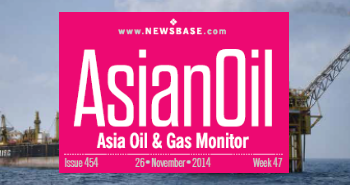
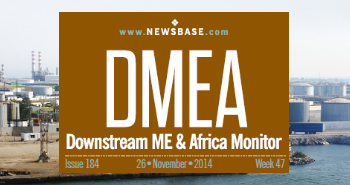
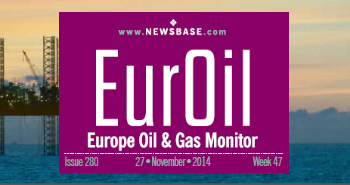
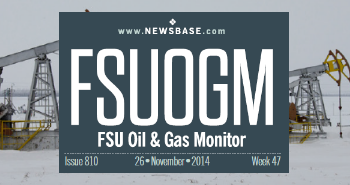

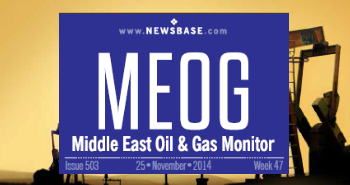
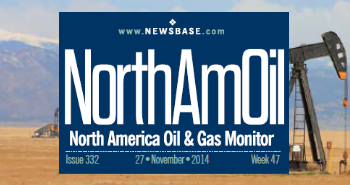
Follow us online